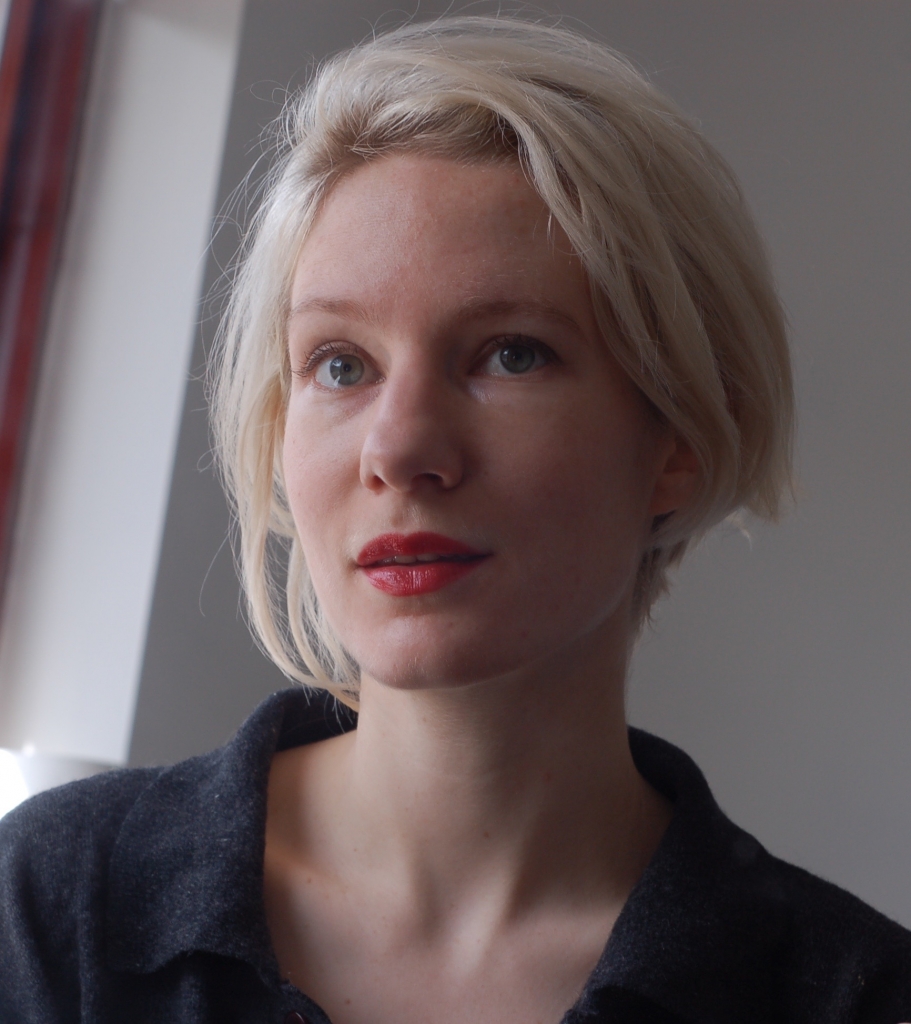 Freya Johnson Ross examines the influence of legislation on gender equality practice in local government since the 1980s. She draws on council documents and interviews with council workers to explain that the impact has been a positive one, but argues that the law is only part of the solution.
Freya Johnson Ross examines the influence of legislation on gender equality practice in local government since the 1980s. She draws on council documents and interviews with council workers to explain that the impact has been a positive one, but argues that the law is only part of the solution.
What difference does legislation for gender equality make, and what happens at local level where it is put into practice? In the UK, post-feminist narratives can at times undermine efforts to address gender inequality – presenting the very existence of legislation as evidence that equality has already been achieved. More strongly still, legislation has also been painted as an unnecessary burden – ‘red tape’ hindering the smooth running of public and private sectors alike. Alongside this though, feminists have continued to publically highlight the ways in which men and women remain unequal, including targeting this attention at the level of national policy and legislation. The relationship between the state as legislator, and those who want to influence what it does is an important one. But the creation of legislation is arguably just the beginning. The impact legislation has, at least in part, depends on what happens around its enactment.
Historically, local government in the UK has been an important site for the development of work seeking to address gender inequality. During the 1980s the creation of specific units and initiatives was notable as ‘municipal feminism’. This involved work to change both the internal (for example employment practices) and external (for example service provision) working of councils in order to make them impact positively on equality between men and women. In the subsequent decades, significant changes have taken place – in both the organisation and funding of local government, and the ways in which they try to address inequalities, including gender. Although much reduced, councils remain one of the largest public sector employers, and as public bodies have to respond to equalities legislation such as the 2010 Equality Act.
When we look back at the work of ‘municipal feminist’ women’s initiatives in local government, there is some reference to national legislation on equality – but this varies. There were some councils which sought to use national legislation in order to leverage change in their area – for example about the provision of better services to women, or treating their workforce equally. But there were others considerably less engaged with this, and working in very different ways.
Moving forward to the 2000s, although women’s initiatives don’t exist in the same form, councils still have some type of work to address gender equality, and we can look at the relationship this has with national legislation. My research found that over the years, gender equality legislation has had a standardising influence on what and how councils work on gender inequality. In particular, the Gender Equality Duty has been important here.
The general duties of this required public bodies to have due regard in carrying out their work to: eliminate discrimination and harassment, and promote equality of opportunity. The specific duties required public bodies to: prepare and publish a gender equality scheme, showing how it will meet its duties and setting out its gender equality objectives; consider the need to address the gender pay gap; gather and use information on how the public authority’s policies and practices affect gender equality in the workforce; consult stakeholders to determine its gender equality objectives; and assess the impact of current and proposed policies and practices on gender equality. It also required them to implement the actions set out in the scheme within three years, report on the scheme every year, and review the scheme at least every three years. In some ways, the councils I looked at now work on gender equality in ways much more similar to each other than in previous decades, having been shaped by these specific requirements.
Analysing council documents and interviews with council workers reveals the detail of how legislation can shape what they do. Workers reflected positively and negatively on the role legislation plays in their work. For example, they talked about the way they could use it to hold other parts of their workplace to account, or the way they used techniques like monitoring or impact assessment to set and steer work in the right direction.
Moving forward, the 2010 Equality Act led to the replacement of the Gender Equality (and race and disability) Duties, with the Public Sector Equality Duty. Council workers reflected positively on the way this change harmonized and equalised nine different equality strands – age, disability, gender reassignment, pregnancy and maternity, race, religion and belief, sex, sexual orientation, and marriage and civil partnership. The potential to expand their areas of work was also discussed positively.
But workers also reflected on challenges they faced in defending work specifically with particular groups in the face of legislative developments. For example, services or initiatives specifically for women. Alongside this, the flip side of being able to use technical tools such as data analysis or impact assessment was that this increasing technicalisation could work, in a context of increasingly stretched resources, to narrow the scope of work which could be justified and take place.
Lastly, the potential for taking an intersectional and holistic approach to equalities work is something which was discussed hopefully in the development of the Public Sector Equality Duty. Although early days in the implementation of this when I carried out my research, my field work suggested there was important work to be done to support those tasked with enacting it. For example, how should a situation where the interests of different protected groups clashed be resolved? Without explicit and clear approaches to this complex area, the positive hopes for this legislation may have little impact.
Looking at what happens to gender equality legislation at local government level, and doing so over time, is a worthwhile exercise. This is a level at which significant practical gains or losses can be made. By looking at this in detail, and over time, we can see both the positive impact a legislative change can have, the value in defending this – but equally understand the legislation itself as just one part of a story, dependent on various actors (and contextual factors) following it.
_____
Note: the above draws on the author’s work published in Women’s Studies International Forum.
 Freya Johnson Ross is a Research Associate at the UCL Institute of Education. Drawing on her experience in NGOs, social research and academia, her research interests are focused around gender and equalities, young people, policy and social change in a range of contexts. In particular the production and translation of ideas about gender into legislation, policy and practice, and the different organisational and individual actors that enact this.
Freya Johnson Ross is a Research Associate at the UCL Institute of Education. Drawing on her experience in NGOs, social research and academia, her research interests are focused around gender and equalities, young people, policy and social change in a range of contexts. In particular the production and translation of ideas about gender into legislation, policy and practice, and the different organisational and individual actors that enact this.
All articles posted on this blog give the views of the author(s), and not the position of LSE British Politics and Policy, nor of the London School of Economics and Political Science. Featured image credit: Pixabay (Public Domain).






